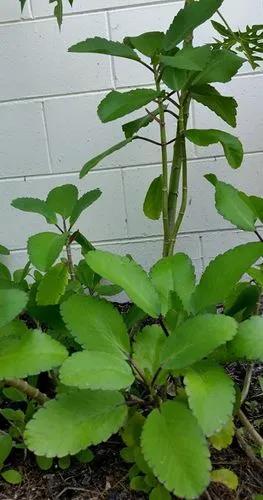Ballota pseudodictamnus, the false dittany, is a species of flowering plant in the mint family Lamiaceae, native to the southern Aegean region. Ballota pseudodictamnus is native to dry Meediterranean regions in Europe and western Asia.
False dittany Care
Ballota pseudodictamnus



Ballota pseudodictamnus is a low mound-forming evergreen shrub growing to 50 centimetres (20 in) tall and wide, it bears almost circular, dished, silver-green leaves with a soft felted texture; and masses of pink flowers (which are mostly hidden by the leaves) in late spring and early summer. The Latin specific epithet pseudodictamnus means "resembling Dictamnus". However, any superficial resemblance is only between young plants, and disappears when they reach maturity. Several common names are attached to this plant, including false dittany, false divinity, and Greek horehound.
How to Care for the Plant

Water

Established plants are drought tolerant. Water occasionally to infrequently.

Fertilizer

The plant is easy to care for with an annual application of a general NPK based fertiliser.

Sunlight

Choose a spot in full sun.

Soil

The plant thrives in poor soils provided there are well-drained. Usually found on alkaline soils in the wild, it tolerates a pH down to 5 in cultivation.

Temperature

This species is not hardy in the colder areas, it tolerates temperatures down to between -5 and -10°C.

Popularity

71 people already have this plant 38 people have added this plant to their wishlists
Discover more plants with the list below
Popular articles






